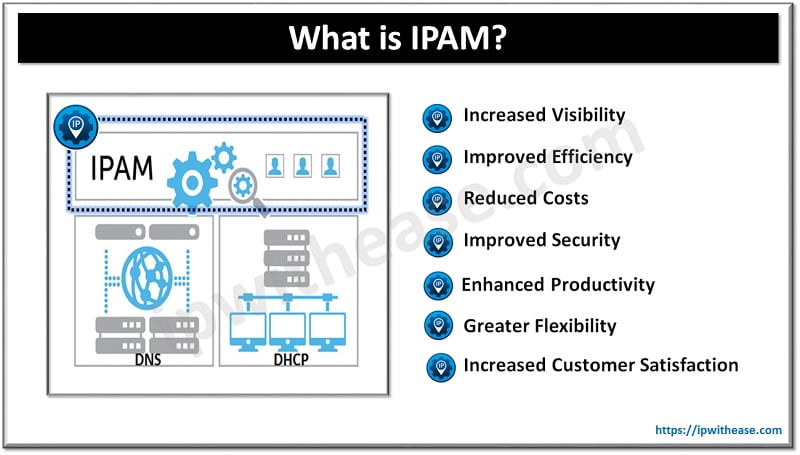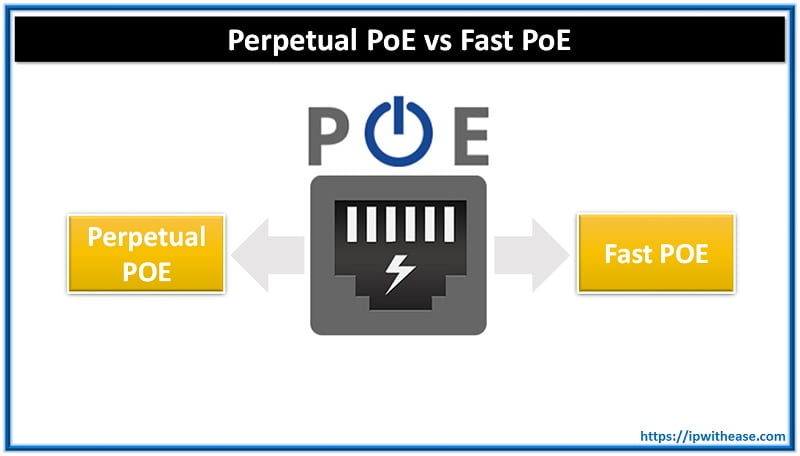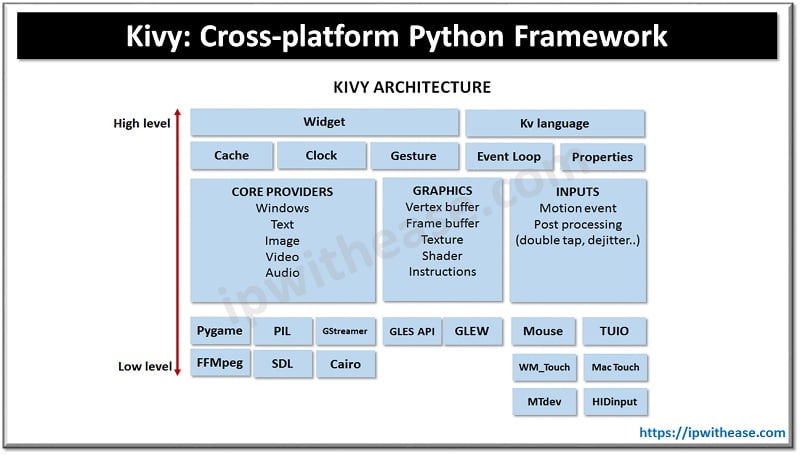Table of Contents
The IP address space has been harder and harder to manage over time. Not simply because we keep acquiring more personal devices, but also because there are an increasing number of devices that require an IP address.
The Internet of Things is also simply booming, adding even more linked gadgets to the mix, which is another reason for this. Managing IP addresses and pools manually is no longer an option in the majority of networks, and with the advent of Internet Protocol version 6 (IPv6), things are only getting trickier. So how do network managers maintain a record? Either you can use the IPAM magic quadrant or take the help of the IPAM management tool. Let us first understand what is IPAM.
What is IPAM?
IPAM, or Internet Protocol Address Management, is a method for controlling IP addresses in a business setting that enables the organization, monitoring, and modification of data about the IP addressing space. This is used by a corporation for a variety of purposes, including checking for duplicate addresses and determining which address belongs to which device. This aids network administrators in maintaining an up-to-date list of IP addresses.
Our contemporary IP-dependent world has made IPAM a necessary component of network management. In just two short decades, IP has essentially taken over as the universal language of linked technology. The expansion and complexity of networks are exploding.
The IPAM network normally grew as more users connected before the emergence of IP-linked devices. However, given the number of IP devices we use at work, networks now need to scale three to five times for each person. As a result, controlling and protecting endpoints is now a considerably harder task. Without a doubt, whether you’re an IT or security manager, the synergy that results from greater connection also brings bigger obstacles.
Three Major Components of IP Address Management
Effective management of IP address can be achieved by enterprises with the use of a plan and solid tools. Network administrators must first concentrate on the three key elements before laying out a strategy.
1. Management of IP Address Inventory
Planning, gathering, allocating, and managing an organization’s IP address inventory are all included. Additionally, it keeps track of current information and the state of IP addresses within a network so that a company’s fixed IP space may be utilized effectively.
2. Management of the Domain Name Service (DNS)
One of the most crucial elements of the internet is DNS. It guarantees that users can access internet material quickly and effectively. The maintenance of servers and zones requires effective DNS management. Administrators can keep DNS servers current by IP address changes by using proper DNS administration.
3. Dynamic Host Configuration Protocol (DHCP) Management
A network management mechanism called DHCP is used to give approved IoT devices static and dynamic IP addresses. DHCP servers automate the process of allocating IP addresses, but to guarantee IP address availability and security, they must be properly set up, used, and monitored. DHCP administration also aids in the network’s IP space automation and optimization.

Importance & Benefits of IPAM Tools
One of the most important aspects of an organization’s information technology (IT) infrastructure is managing the addresses and protocols used by its devices. This is typically referred to as internet protocol address management (IPAM). Proper IPAM management can help
- optimize network performance,
- protect data, and
- mitigate security risks.
IPAM tools can provide a wealth of benefits for organizations of all sizes. They can help identify and resolve network issues, manage IP addresses and ports, track device activity, generate reports, and more.
In addition to these core capabilities, many IPAM tools also offer additional features such as vulnerability assessment and threat detection. By taking advantage of these features and integrating them into an overall IT strategy, organizations can achieve a wide range of objectives related to their IT infrastructure.
Internet Protocol Address Management helps network administrators plan, allocate, and track IP addresses and understand which ones are used and are available. Additionally, IPAM can be used to generate reports showing which parts of the network are using the most address space and identify potential problems that may arise from IP address exhaustion.
There are the top benefits of using IPAM tools. Here are the top 7 benefits:
1. Increased Visibility
IPAM tools provide network administrators with increased visibility into their network infrastructure. This visibility can be used to troubleshoot connectivity issues, optimize network performance, and plan for future growth. Additionally, this visibility can help to identify security risks and protect the network from attacks.
2. Improved Efficiency
IPAM tools can help improve networking tasks’ efficiency by automating repetitive processes. For example, if many devices need to be provisioned with static IP addresses, an IPAM tool can automate assigning addresses and updating DNS records. This automation can save a significant amount of time and effort for network administrators.
3. Reduced Costs
By using IPAM tools, organizations can reduce the costs associated with their networks. For example, by automating the process of allocating IP addresses, organizations can avoid paying for unused IP addresses. Additionally, by monitoring utilization trends, organizations can avoid overprovisioning their networks which can help to reduce infrastructure costs.
4. Improved Security
By having visibility into which devices are using which IP addresses, organizations can more easily identify devices that are not authorized to be on the network. Additionally, by tracking changes to device configurations, organizations can quickly detect changes that could potentially be malicious in nature.
5. Enhanced Productivity
By automating repetitive networking tasks, such as provisioning new devices or updating DNS records, network administrators can free up time to focus on other tasks that are more important or interesting. Additionally, by quickly identifying and resolving problems within the network infrastructure, network administrators can improve uptime and prevent user frustration.
6. Greater Flexibility
IPAM tools provide greater flexibility when it comes to managing large numbers of devices within a network infrastructure. For example, if a new device needs to be added to the network, an IPAM tool can quickly assign it an available IP address without having to manually configure individual settings. Additionally, if a device needs to be moved to a different location within the network infrastructure, an IPAM tool can automatically update its configuration so that it continues to work correctly.
7. Increased Customer Satisfaction
IPAM tools can improve customer satisfaction by allowing them to easily manage their devices and access the resources they need. For example, by helping customers to understand which devices are using which resources, IPAM tools can help customers to avoid unexpected outages or slowdowns.
Final Thoughts
Internet Protocol Address Management (IPAM) is an essential tool for managing the allocation and use of IP addresses. IPAM helps organizations manage their address space, optimize their network usage, and improve security. It also provides critical information to help identify and diagnose network problems.
There are many benefits to using IPAM. It can help organizations optimize their network resources and improve security by identifying and tracking address space usage. IPAM also helps identify problems with the network, such as failed links or misconfigured routers.
Finally, it can provide critical information to help plan future expansions or improvements to the network. As you can see, using an Internet Protocol Address Management tool has many benefits. When selecting an IPAM tool for your organization, it is important to consider your specific needs to choose a tool that will offer you the greatest benefit possible.
Continue Reading:
IP Address Management: The advantage your Wake-on-LAN strategy needs
ABOUT THE AUTHOR
IPwithease is aimed at sharing knowledge across varied domains like Network, Security, Virtualization, Software, Wireless, etc.



